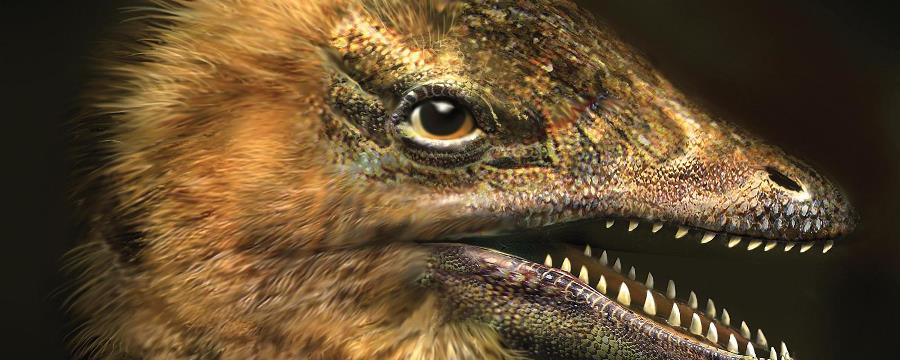News
Jurassic Park? Chickens are Engineered with Dinosaur Snouts in the Lab

Using the genetic modification, researchers at Yale University have created chicken embryos with a dinosaur-like snout. The results of the research were published on May 12 in the journal Evolution.
As odd as this scientific breakthrough may seem, the experiment was not aimed to create a real-life Jurassic Park of genetically modified ‘dino-chickens’, but was conducted only for the sake of science. The purpose of the research was to explore the evolutionary mechanisms behind the development of the bird beak.
“Our goal here was to understand the molecular underpinnings of an important evolutionary transition, not to create a ‘dino-chicken’ simply for the sake of it,” said Yale University paleontologist and developmental biologist Bhart-Anjan S. Bhullar, lead author of the study.
The Bird Beak Evolution
When our planet was hit by an asteroid 65 million years ago, not all the species of dinosaurs went extinct. Avian dinosaurs, or birds, managed to survive the catastrophe. Of course, they were very different back then and had dinosaur snouts instead of beaks.
The beak is a very important and probably the most diversified part of bird anatomy. In fact, some of the bird species have specialized beaks which allow them to survive in different environments. At the same time, there is not much research done on the anatomical aspects of the beak and “how it got that way either evolutionarily or developmentally.”
The Research
To shed more light on this, the researchers studied the ways genes are expressed in the embryos of chickens and some other species. They detected a unique set of genes responsible for the beak development in chicken, which was absent from the non-beaked species. After that, using small-molecule inhibitors, the research team isolated and suppressed the proteins produced by these genes. As a result, the chickens went back to their ancestral state and developed Velociraptor-like snouts instead of beaks, as well as the palatine bone in the roof of the mouth.

The skull of a chicken with a beak (left), the skull of an altered chicken (middle), and the skull of a modern-day alligator (right)
“This was unexpected and demonstrates the way in which a single, simple developmental mechanism can have wide-ranging and unexpected effects,” said Bhullar.
According to the researchers, the fact that completely different sets of genes are involved in the development of either beaks or snouts demonstrates that the beak is an evolutionary adaptation mechanism and not simply a different nose shape. The results of the research could also be used to better understand similar developmental mechanisms in other species.
What do you think about this research? Leave your thoughts in the comments below.
Image Source: BBC
Typos, corrections and/or news tips? Email us at Contact@TheMindUnleashed.com
